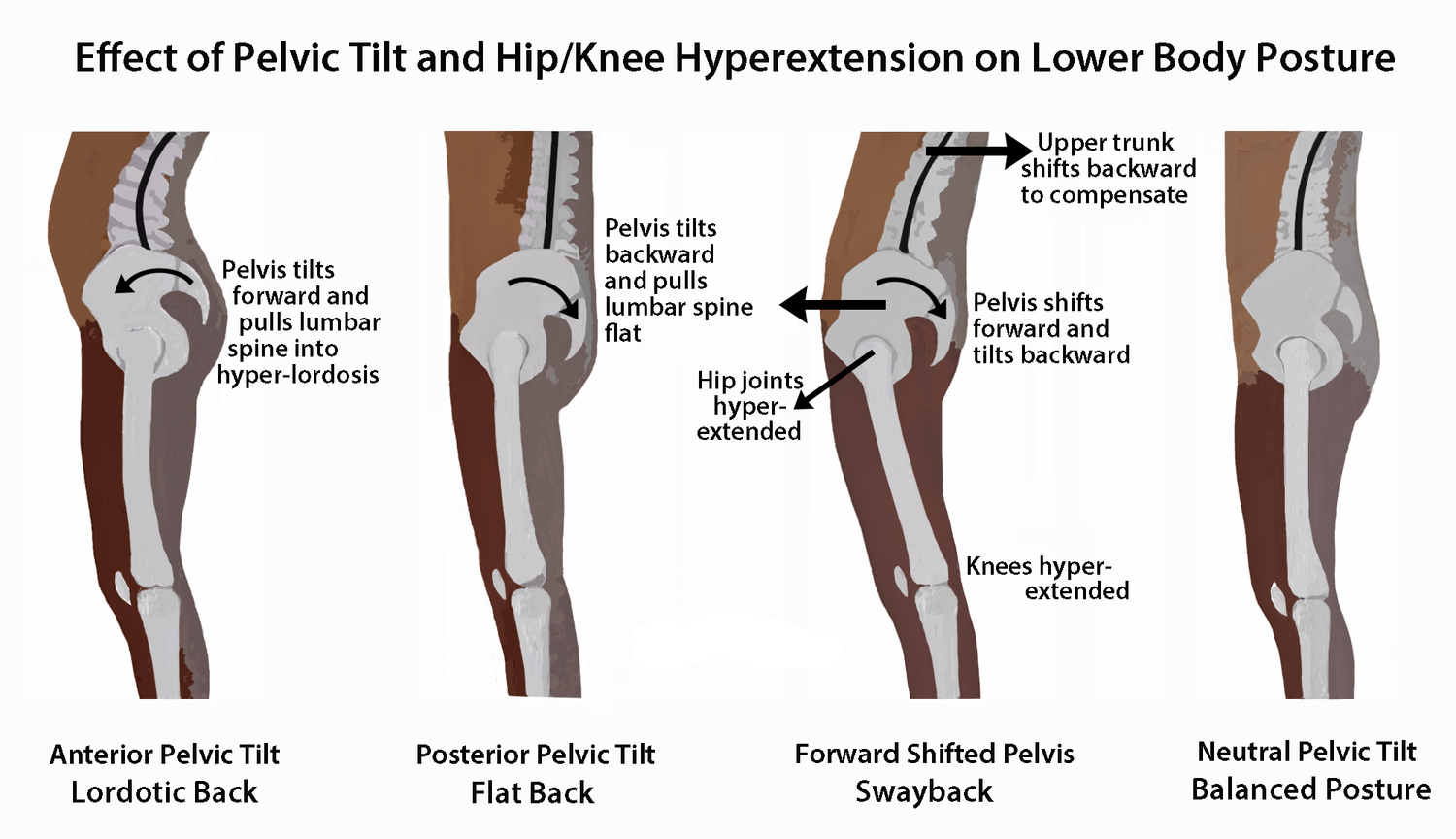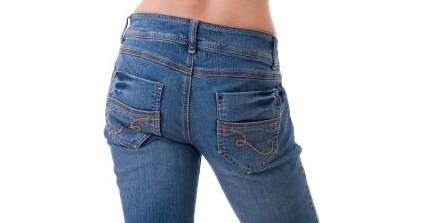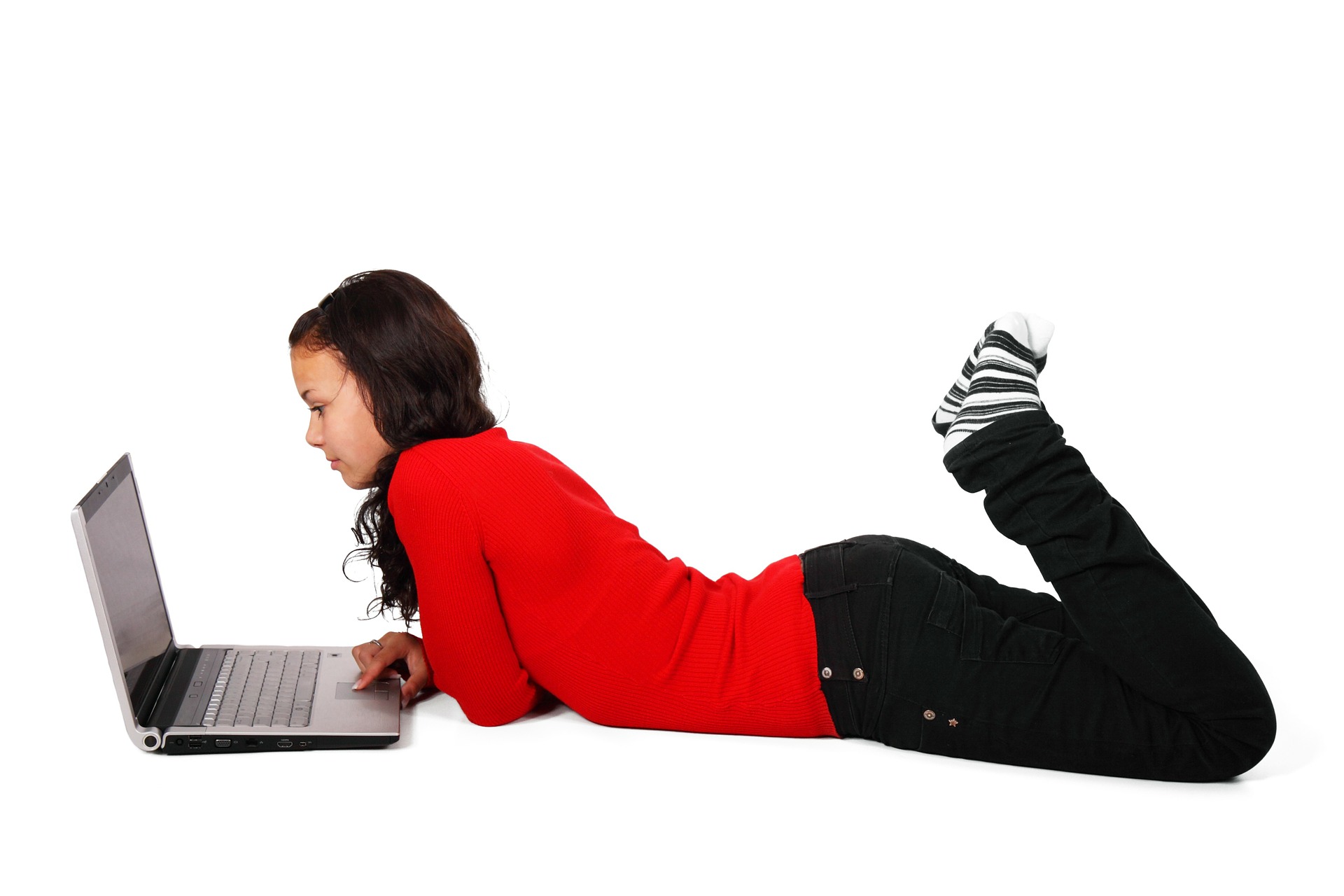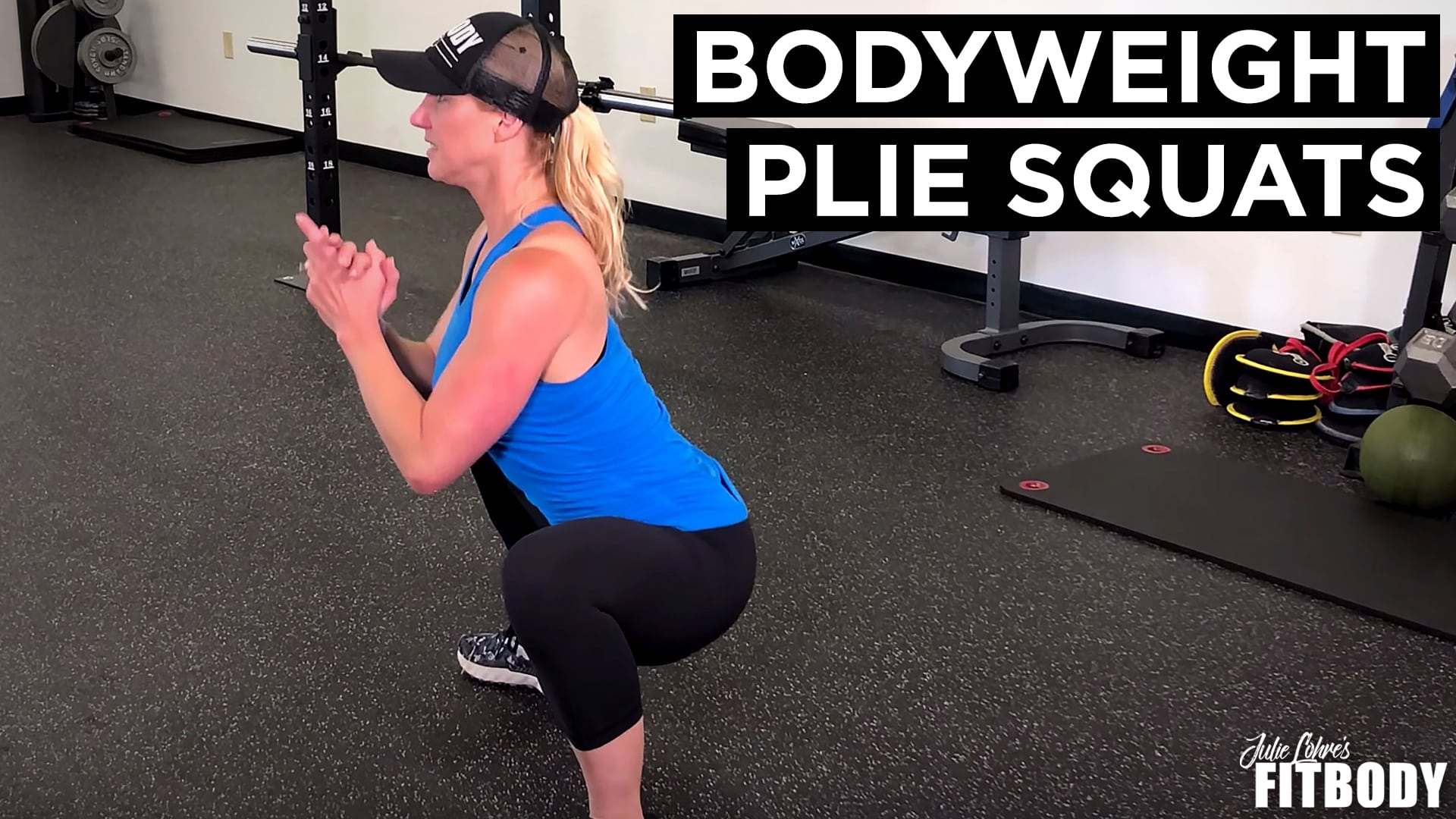
Three, you exhibit an anterior pelvic tilt.

If you feel your hamstrings, lower back or your quads more so than your glutes, then this is another indication that your glutes aren't doing what they're supposed to be doing during hip extension."

"With one leg straightened and the other leg bent on the floor, hold this position with your hips in the air. Two, you don't feel your glutes when you perform a single-leg glute bridge. "If you feel it in your back and hamstrings during lower body exercises instead of your glutes, this is a sign the glutes aren't activating how they should be," says Ethier. One, you have a hard time feeling your glutes working/contracing. The condition can be caused by being born with a flat butt, not exercising your flat butt, sitting too much on your flat butt, or, if you’re me, all of the above.įor many flat-butt sufferers, it will come as a relief to know that you can shut down those who mock your flat butt with the iron-clad retort, “Actually, I have a medical condition.” Just don’t tell them it’s called “Dead Butt Syndrome.There are four indicators that you may be experiencing this condition: Otherwise known as “dead butt syndrome,” the condition appears in people with “under-active glutes,” whose infirm rears force other muscles in the back, knees, and hips to overcompensate.

“Aches and pains? You could have ‘Dormant Butt Syndrome’” exclaims an article from CBS News you couldn’t pay me not to click on.

Today, I learned that flat butts are actually a medical condition, and I no longer need to suffer alone in silence. I no longer feel guilty watching Snap stories of Khloe Kardashian doing squats instead of doing squats myself. But today I would like to announce that I have finally been freed from my flat-butt insecurities. For many years I have ignorantly assumed that the flatness of my butt was my fault: I was simply born genetically unblessed, destined for every cookie I consumed to travel straight to my ab (I have one).


 0 kommentar(er)
0 kommentar(er)
